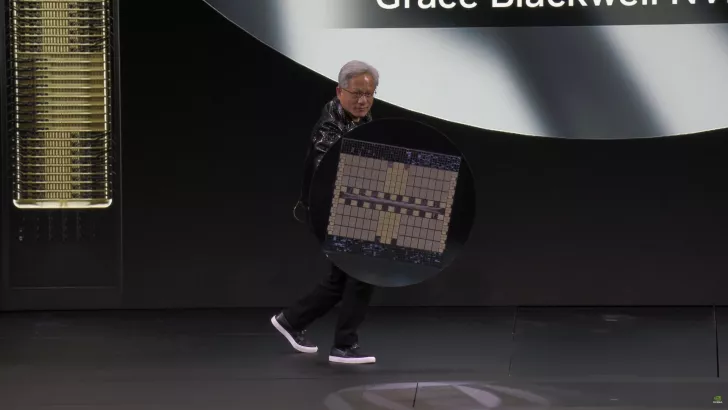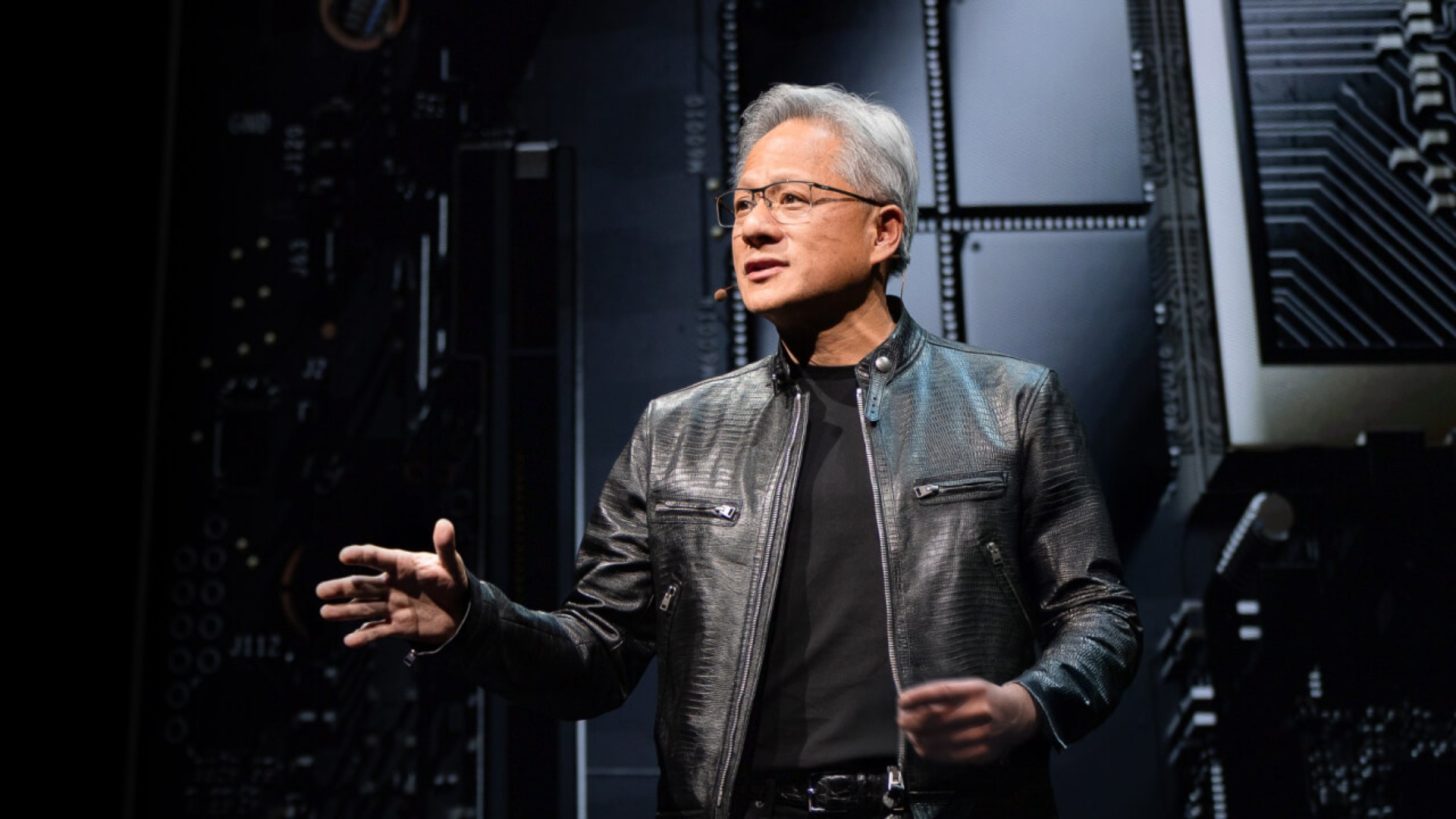NVIDIA and its CEO, Jensen Huang, are making waves in the tech community by addressing the comparison between artificial intelligence and the infamous ‘dot-com’ bubble. Huang argues that the demand for computing power in AI today is robust, unlike the speculative nature seen during the internet boom.
NVIDIA’s CEO on the Evolution of AI and Computing Demand
The notion of AI being a bubble similar to the dot-com era stems from the astronomical stock valuations and rapid gains experienced by companies like NVIDIA. However, Jensen Huang dismisses this comparison, asserting through the Financial Times’ “The Minds of Modern AI” segment that AI has fueled a genuine demand for computing power, unlike the hyped infrastructure buildup of the past.
Question: Yeah. You know, tell us about, are you worried that we are getting to the point where people don’t quite understand and we’re all getting ahead of ourselves and there’s going to be a reckoning that there’s a bubble that’s going to burst and then it will right itself? And if not, what is the kind of biggest misconception about demand coming from AI that is different to, say, the dot-com era or that people don’t understand, you know, if that’s not the case?
Jensen Huang: During the dot-com era, during the bubble, the vast majority of the fiber deployed were dark, meaning the industry deployed a lot more fiber than it needed. Today, almost every GPU you could find is lit up and used.
The concept of ‘dark fibre’ from the late 1990s involved companies installing more optical cables than necessary, expecting future demand which never materialized. This resulted in a significant mismatch, leading to wasted resources. In contrast, NVIDIA’s CEO highlights that AI today is not driven by artificial demand. Companies require increasing computational power as AI evolves beyond applications like ChatGPT to more advanced forms capable of independent thinking and research.

Challenges and Opportunities in AI’s Future
As AI continues to expand, the need for enhanced computing power is evident, and companies like NVIDIA, AMD, and Intel stand at the forefront of providing these capabilities. However, the rapid expansion of AI infrastructure brings with it significant challenges, particularly concerning energy consumption. Furthermore, the ability of cloud service providers like Microsoft to integrate AI chips effectively into their systems becomes a pivotal consideration.
While NVIDIA’s CEO paints a promising picture of AI’s growth trajectory, the industry must remain mindful of the hurdles in scaling such technologies sustainably and efficiently, ensuring a balance between innovation and resource management.


